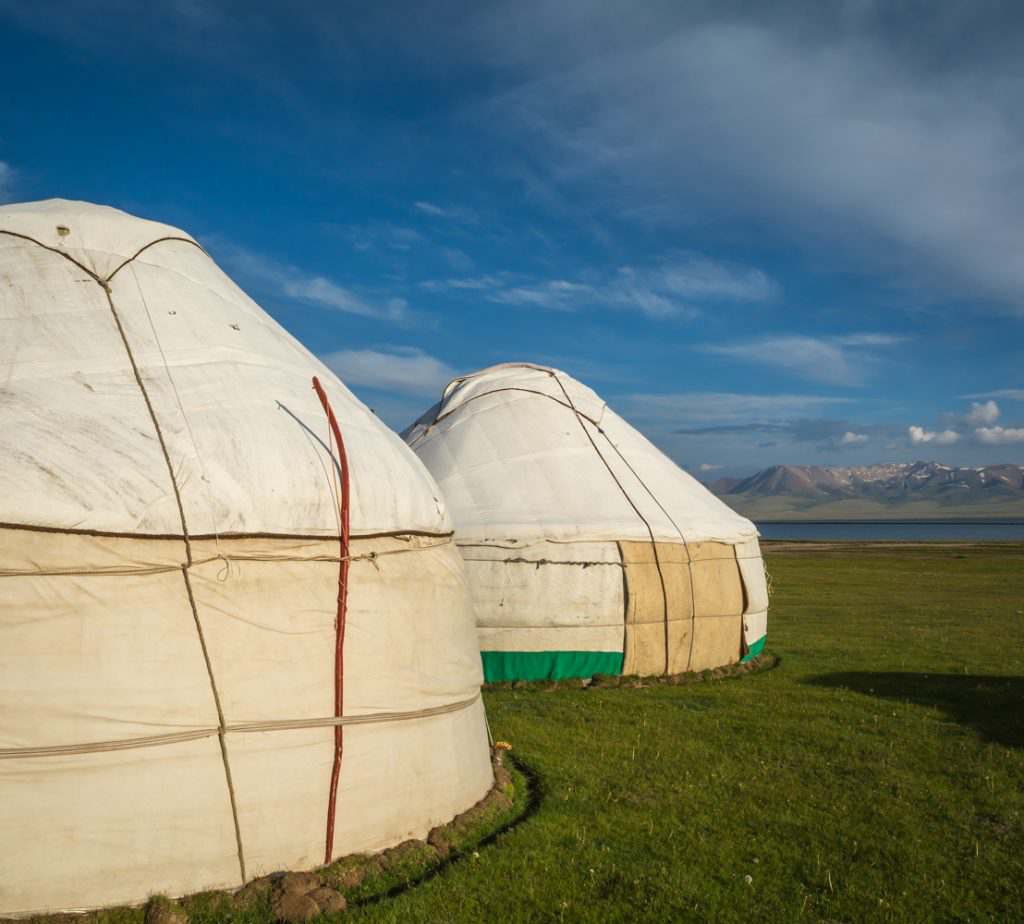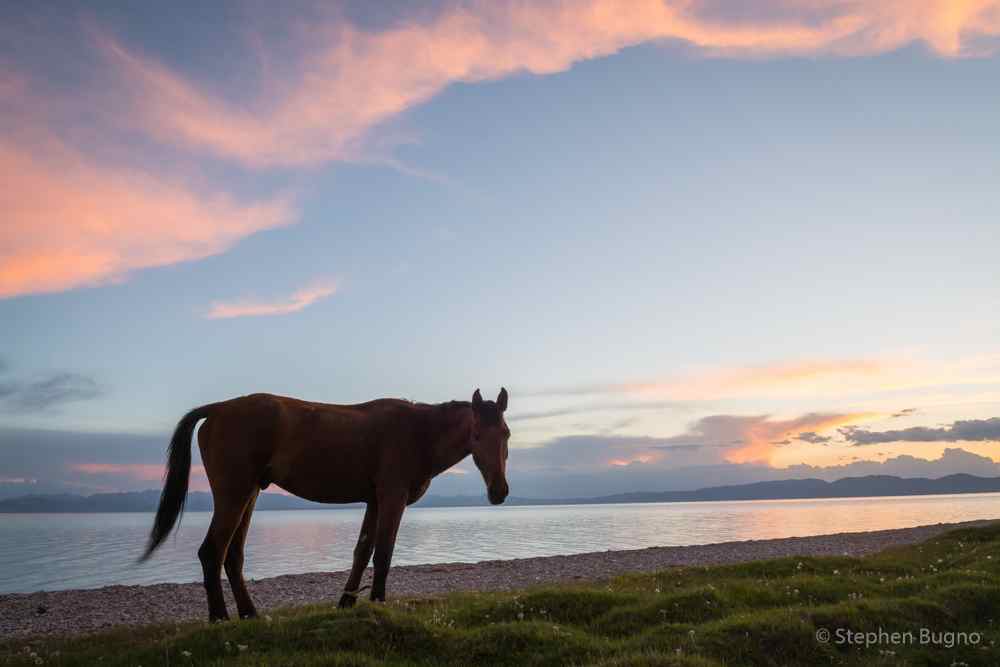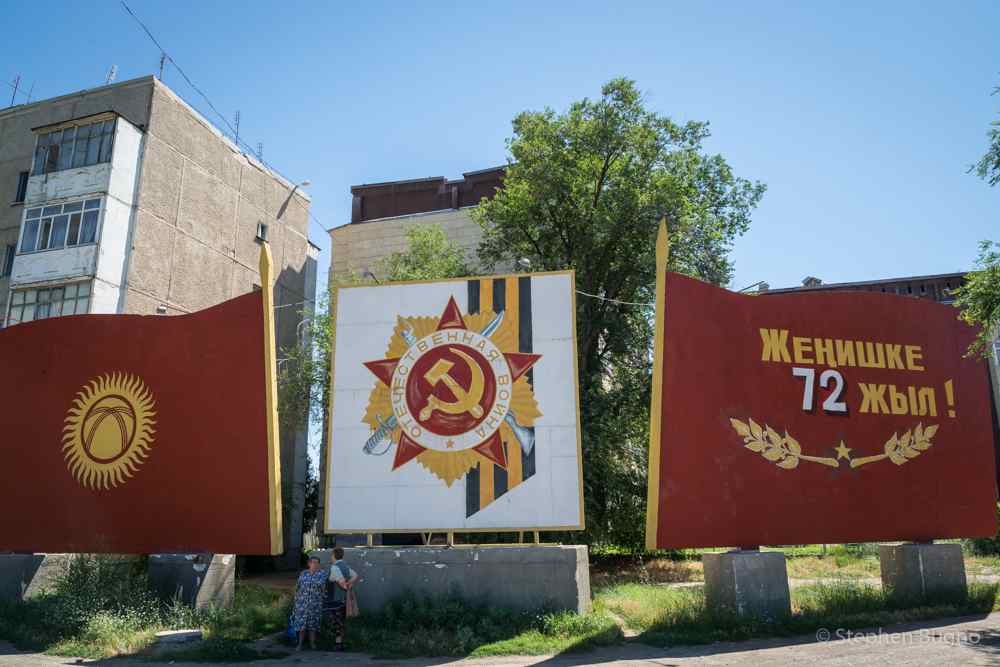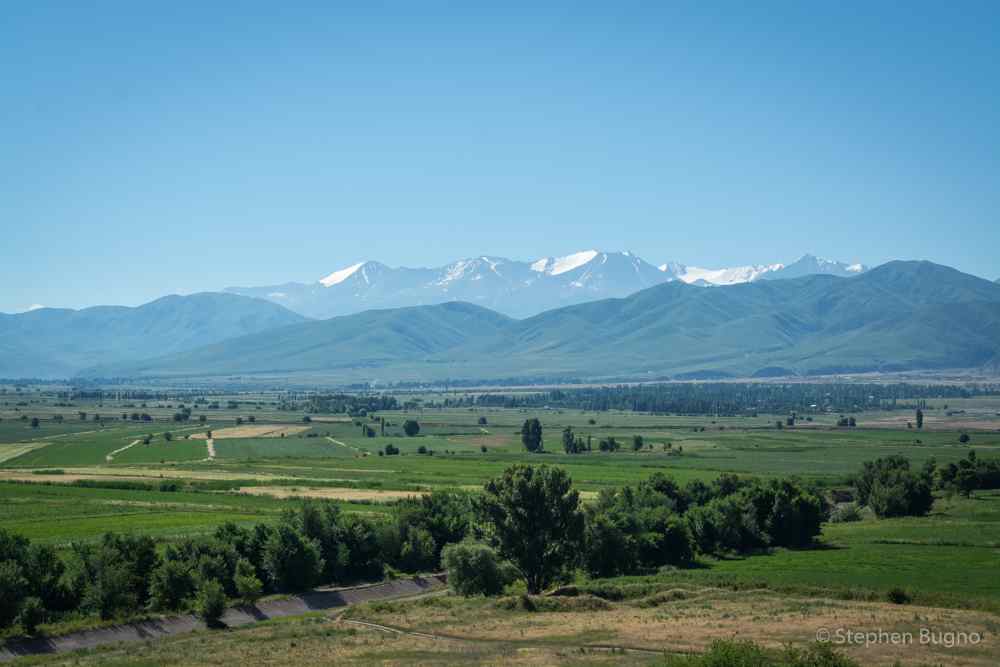Why I’m going to Kyrgyzstan
The small Central Asian Republic of Kyrgyzstan has a lot of good things going for it. Unfortunately, it’s relatively remote and obscure. They can’t change their location so it’s their obscurity they’re trying to change. Tourism is not foreign to Kyrgyzstan, and the country has welcomed foreigners in small but increasing numbers over the past decade. I traveled here twice in the early 2000s and I’m returning to see how it’s changed over the past 13 years.
The Kyrgyzstan I Know
The Kyrgyzstan in my mind is a place of high altitude pastures, clear lakes, and friendly people curious about the wider world. I was living in neighboring Uzbekistan for two years when I last visited Kyrgyzstan. Kyrgyzstan was the perfect natural supplement to cultural rich Uzbekistan and its Silk Road history. During that trip, I hiked up forested mountains, soaked in hot springs, and cooled off in the fresh mountain air. I swam in Issyk-Kul (Lake) enjoyed the hospitality of strangers. When I returned the next year, I hiked through walnut forests, took a few roads less traveled, and ventured off to see a remote Silk Road Caravanserai.
Why I’m going back to Kyrgyzstan
All Summer, the tourism board Discover Kyrgyzstan is inviting bloggers and travel writers to experience the best of this country. Runaway Juno and I have an 11-day itinerary planned. Most of the time we’ll be hiking and horse-trekking up in the mountains and staying in yurt camps. We’ve got a horse-trek to Son-Kol (Lake) and a 3-day hike to Ak Kiya / Kol-Ukok, then a visit to Skazka Canyon, Shatyl Panorama, Ak-Suu Petroglyph, and Kyzyl Tuu yurt workshops. As an added bonus we will be scoping out potential itineraries for an upcoming Experience Kyrgyzstan trip through our new company Unquote Travel.
A little about Kyrgyzstan
Before 1991, Kyrgyzstan was part of the Soviet Union. Today, a portion of that Soviet legacy remains, most prominently in the infrastructure and the dual language status that Russian shares with Kyrgyz Situated between Uzbekistan, Kazakhstan, Tajikistan, and China, Kyrgyzstan has put forth the greatest effort of the Central Asian Republics to democratize and create civil society. It has a long and rich cultural heritage, although the fully nomadic ways of the old Kyrgyz were changed during the Soviet era. But today you’ll still see plenty of shepherds and their families living on the jailoo (upland pasture) in yurts taking care of their flocks of sheep, cattle, and horses for the summer. Kyrgyzstan has also made efforts to develop sustainable tourism practices with a well-established system of community-based tourism. In recent years, winter tourism (including skiing in Kyrgyzstan) has also seen a rise.
Kyrgyzstan Visa-Free Regime
Another thing that separates Kyrgyzstan from its neighbors is its recent visa-free policy. It allows citizens of 44 countries to stay in Kyrgyzstan visa-free for up to 60 days. This applies to citizens of Australia, New Zealand, most European Union member states, the United States, Canada, Mexico, some other countries in South America, as well as some countries in the Middle East and Southeastern Asia. In my opinion, this is one of the single biggest reasons that travelers are choosing Kyrgyzstan over other countries like Uzbekistan, Tajikistan, or Turkmenistan.
Where to find out more
Throughout July I’ll be posting images from Kyrgyzstan on my Instagram and Facebook accounts as well as posting more on this blog. For more information in the meantime, check out these sites:
GoMad Nomad Travel Mag Kyrgyzstan archives
Uncornered Market’s Kyrgyzstan archives
If you are interested in traveling to Kyrgyzstan, please reach out to me in the comments or via the contact form on this blog.
This trip was made possible by the support of the American people through the United States Agency for International Development (USAID). The contents are the sole responsibility of the author and do not necessarily reflect the views of USAID or the United States Government.





